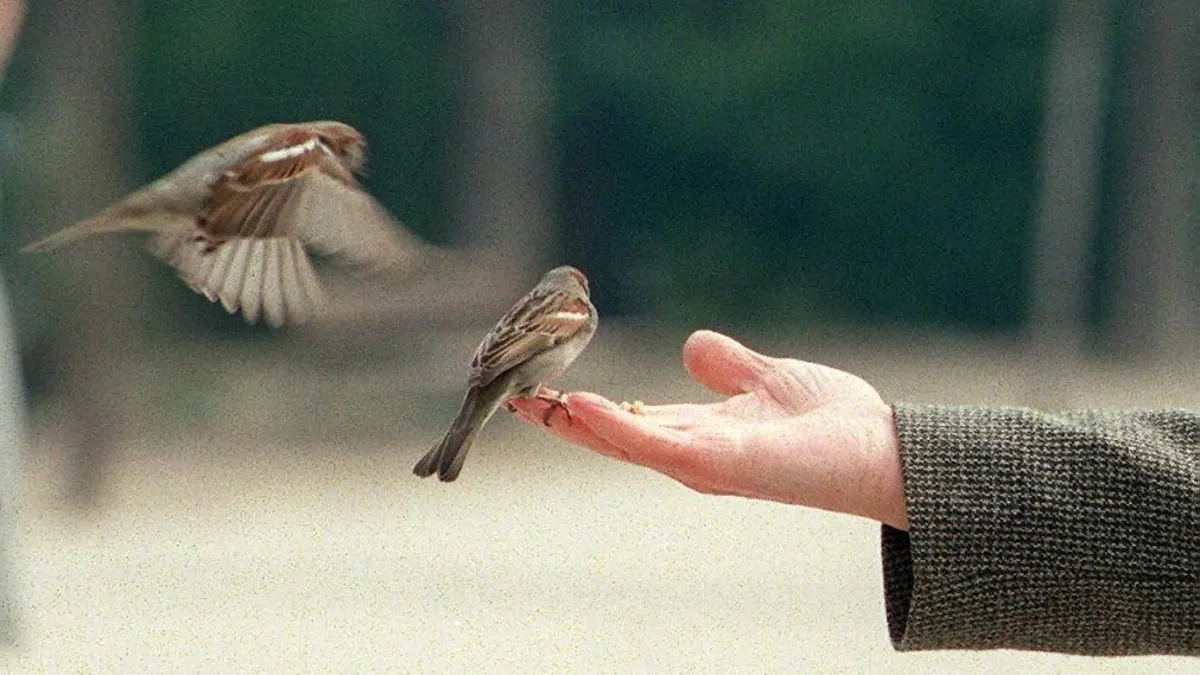How do children choose their friends?

"My life is missing a while.
I lack your laugh, I get bored.
I miss you, my friend, my alter ego. "
It was sung by Jean-Louis Aubert in 2001. Although this song is not very well known to children - they often associate it with "something old", as they pleasantly pointed out to me during a music class - its title and its chorus are, instead , very present in their daily reality.
It happens especially when they have fun classifying their classmates by level of affinity in categories as different, precise and hierarchical as "best or true friend", "friend", "companion" or "only companion".
Like those of adults, affective and friendship practices of children are not democratic at all. It is very difficult for boys and girls to recognize that they can "fall in love or even become best friends" (sic) with anyone, regardless of age, gender, favorite recreational activities or appearance.
Mixed friendships are rare
In love, as in friendship, the figure of the alter ego emerges very quickly when analyzing child sociability. Most children bond with children who resemble them in their main aspects, that is, in those that most obviously distinguish and rank the playground, namely sex and age.
Being the same age and being of the same sex seem to be the two main conditions necessary for the formation of emotional bonds in children. Without one of them, there can be no friendship, much less the "best friendship". They are the main factors from which children can choose and select their classmates or "favorite friends" based on different evaluation and judgment criteria.
Regardless of their age, boys more frequently report having friends of the same sex: this is the case of almost six out of ten girls and seven out of ten boys (in the schools and after-school centers studied). The proportion, for both sexes, rises to 80% for "best friends".
More surprising is that only 20% report having mixed friendships, that is, having a group of friends made up of as many friends of the opposite sex as there are of the same sex, and only 10% have as many best friends as best friends.
How can we explain this strong tropism of boys and girls towards their same-sex peers? Two main responses emerge from your comments. The first, and most frequent, refers to prosaic reasons and, more broadly, to the functioning of children's friendships.
It is difficult to become (better) friends with a child when you do not share the same tastes, the same games and the same activities, when there is no favorable terrain for the development of a relationship that is minimally maintained over time. Both boys and girls agree that others "play too ugly games", that "they are not fun", and that "you always get bored [cuando estás] with them and they bother you. "
The second reason, which is often expressed secretly, but which is equally important, is the risk that it entails for both of them to remain calm, without showing boredom or shame, in a small group of children, mostly of the other sex, to namely, being called "boyfriend of" or even "boyfriend of" the wrong person, as Marion relates:
As soon as we were playing with a boy, someone would say, 'Oh, you're in love.' For example, playing El Gavilán, Elsa was chatting with Hugo, and right away I think Lea, Sandra and I don't know who else started saying: 'Oh, you're in love', because they were next to each other. And as soon as we have a boyfriend, they say, 'Oh, what a shame!'
The weight of class and age
Beyond the coincidence of sex, childhood friendships are characterized by a very strong homophilia at age and, more specifically, at school level. Almost 90% of boys and girls say that most of their friends are in the same class as them. In contrast, very few mentioned having friends in higher grades than theirs (29%) and even fewer in lower grades (19%).
When asked about this phenomenon, the children said it was "because older children never let them play with them, except when they lack people to play soccer or rope. But if not, older children only play with each other. They don't like us because we are too young and we don't know how to play football or talk "(Christophe, middle class).
This association between being too small and not being good or strong enough to "have the right" to play with the older children and to be their friend is also present in the words of Mathias, who explains that he could not be friends "with the children. older "because" they play too complicated things.
In other words, the reason why it is so difficult for children to become friends and, moreover, best friends with children who are not their age or who do not belong to the same gender is that they are putting their reputation and their reputation on the line. place in the yard.
When playing with younger children or with partners of the other sex, they not only risk being made fun of, being called boyfriends, accusing them of "wanting to be grown up" or, worse, being called "babies", but, above all, to be devalued by being associated with the repulsive figures of babies, young children and, above all, girls.
These symbolic sanctions, very present in games, remind children of the rules of friendship and the need to respect age and gender. However, they are not imposed with the same force on all.
It is above all older children - as "kings of the court" (sic) - who have the most to lose, as it is more insulting and degrading to be referred to as babies and girls than as older children. , underscoring the early existence of hierarchies and age and gender inequalities.
The implicit role of adults
The way to choose friends is not only a matter of choice of children or children's culture, but is linked to the world of adults in at least three ways. First, boys and girls are more likely to be friends with peers of the same age and gender because education professionals tend to group them by gender and grade, even in extracurricular activities.
Children of the same age and gender spend more time together and therefore have a better opportunity to meet, talk, and create strong bonds with each other.
Second, because adults contribute, often inadvertently, to promoting gender and age norms that differentiate and prioritize children. For example, by distinguishing games or activities for older children, younger children, girls and boys according to their level of difficulty or physical involvement, they make it difficult to carry out mixed activities, and even encourage children to distinguish themselves to demonstrate their age or gender.
Finally, adults influence children's emotional choices to the extent that their judgments and observations act as real indicators of children's intrinsic worth.
By labeling some children as smart, handsome or funny and others as dirty, troublesome, rambunctious or scattered, they greatly influence the reputation and hierarchy of children in the yard and thus shape the market for friendship. .
This article was originally published on The Conversation. You can read it here.










